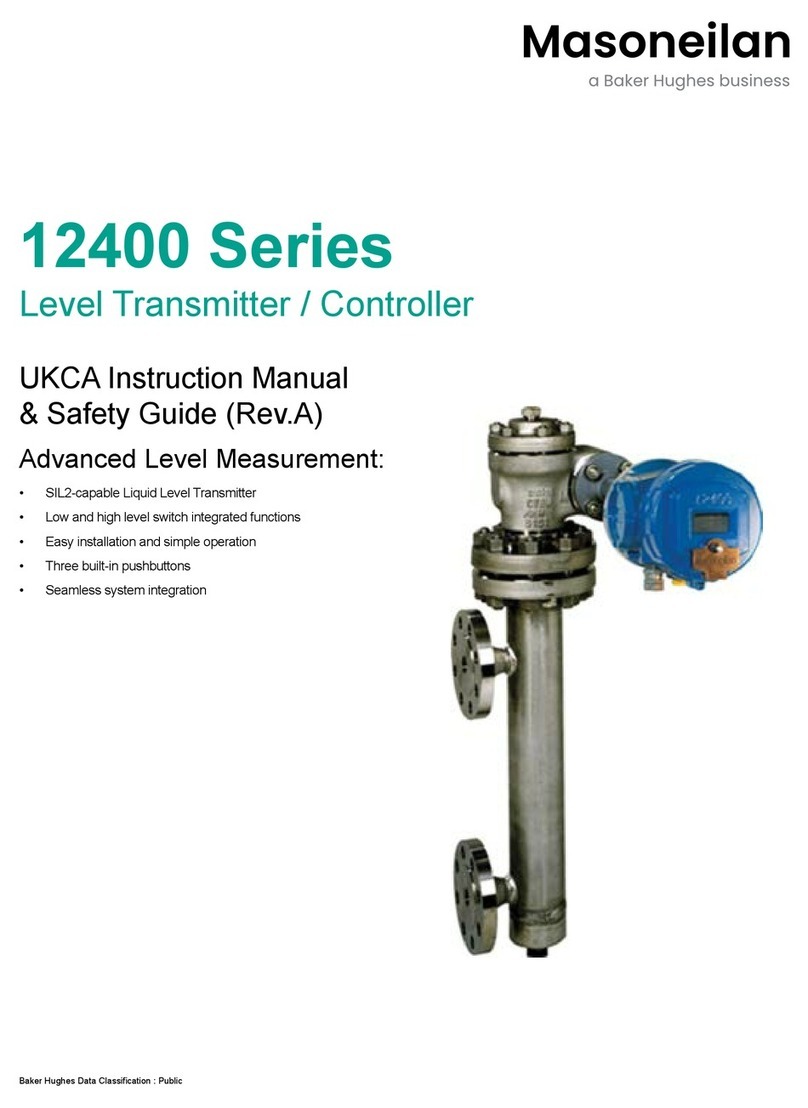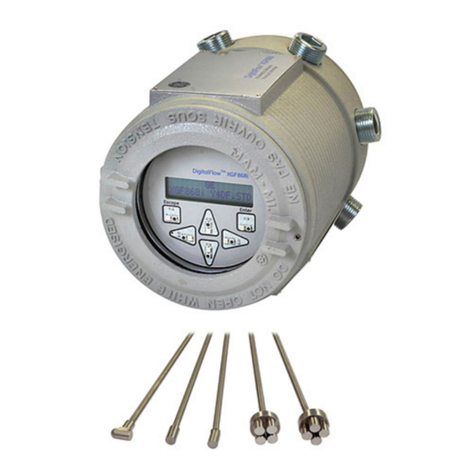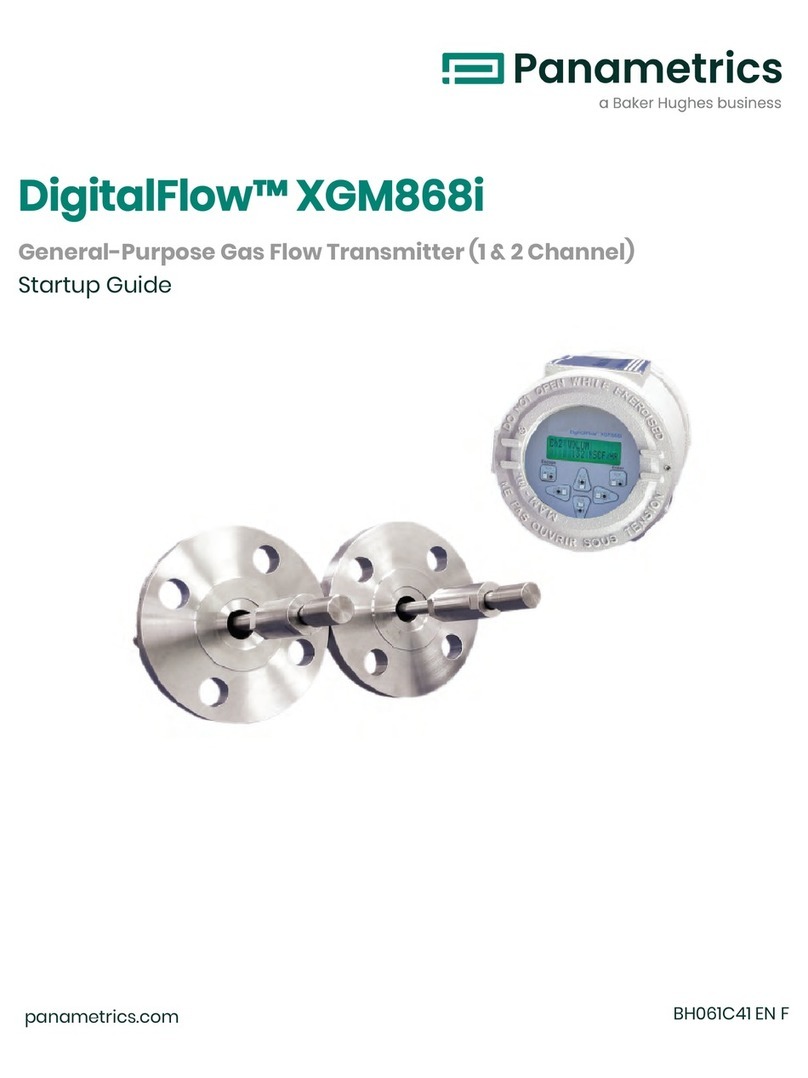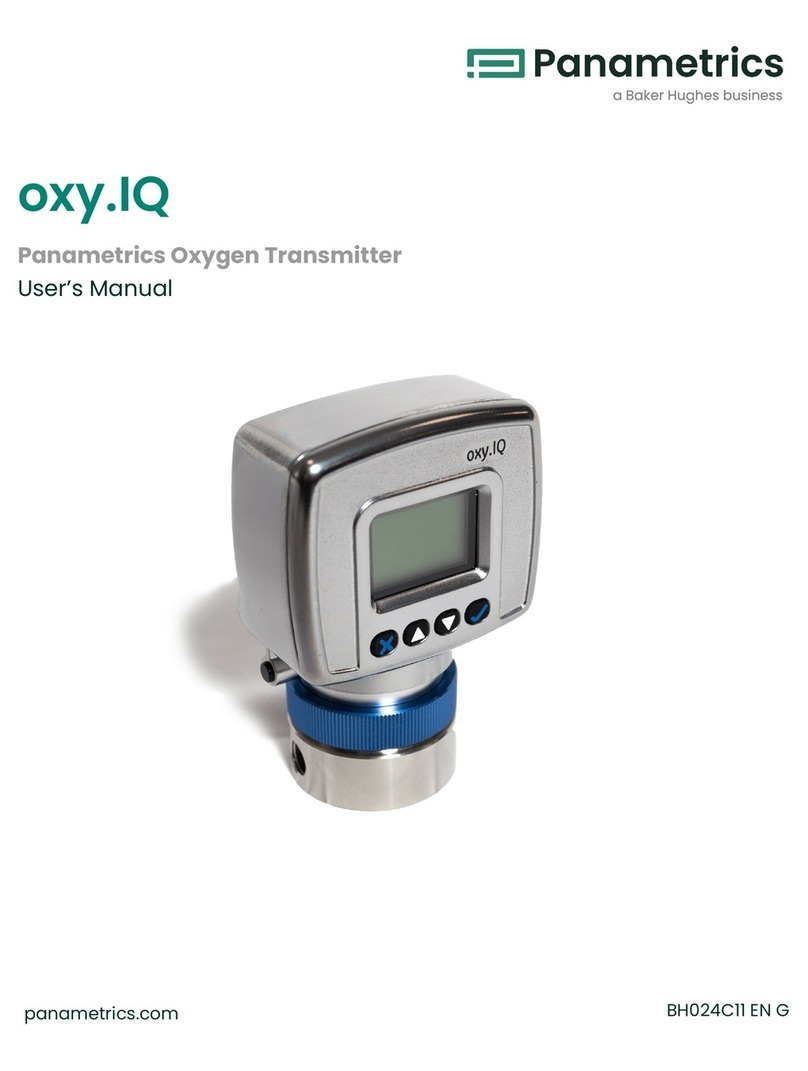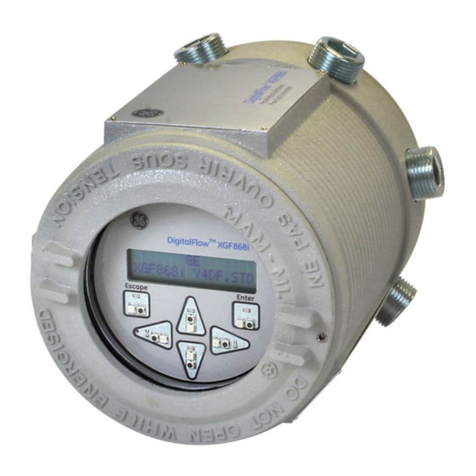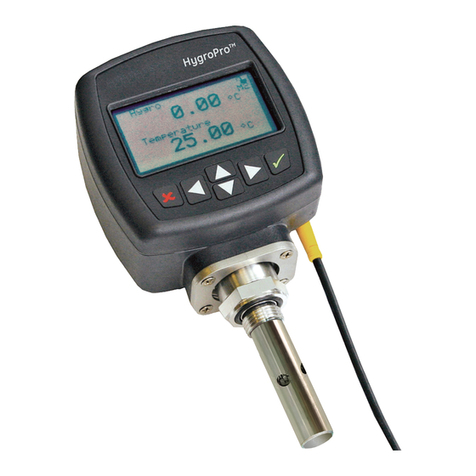
3.5 The edit functions menu ........................................................................ 14
3.6 Field cal......................................................................................... 15
3.6.1 Perform cal...............................................................................................15
3.6.2 Configure cal ............................................................................................16
3.6.3 Calibration drifts .........................................................................................17
3.6.4 Clear calibration .........................................................................................17
3.6.5 Hold last value ...........................................................................................17
3.7 4-20 mA output ................................................................................. 18
3.7.1 4-20 mA range ...........................................................................................18
3.7.2 4 and 20 mA cal..........................................................................................19
3.7.3 4-20 mA% test............................................................................................19
3.7.4 % gas test ................................................................................................19
3.8 Error handler....................................................................................20
3.8.1 Total drift error ..........................................................................................20
3.8.2 Drift/cal error.............................................................................................21
3.8.3 Gas mV under/over range ...............................................................................21
3.8.4 Gas % under/over range .................................................................................21
3.9 Factory cal......................................................................................22
3.9.1 Edit # of points .......................................................................................... 22
3.9.2 Edit point X .............................................................................................. 22
3.10 The advanced option ...........................................................................23
3.10.1 Fast response ........................................................................................... 23
3.10.2 Language ...............................................................................................24
3.10.3 Meter ID .................................................................................................24
Chapter 4. Calibration .................................................................27
4.1 Introduction ....................................................................................27
4.2 Gas ranges and types...........................................................................28
4.3 Required equipment and materials .............................................................28
4.4 Preparing the transmitter for calibration ........................................................29
4.5 2-port (sealed reference gas) calibration .......................................................29
4.6 4-port (flowing reference gas) calibration ......................................................29
Chapter 5. Specifications .............................................................. 31
5.1 Performance.....................................................................................31
5.2 Functional .......................................................................................31
5.3 Physical.........................................................................................32
5.4 Accessories.....................................................................................32
viii
